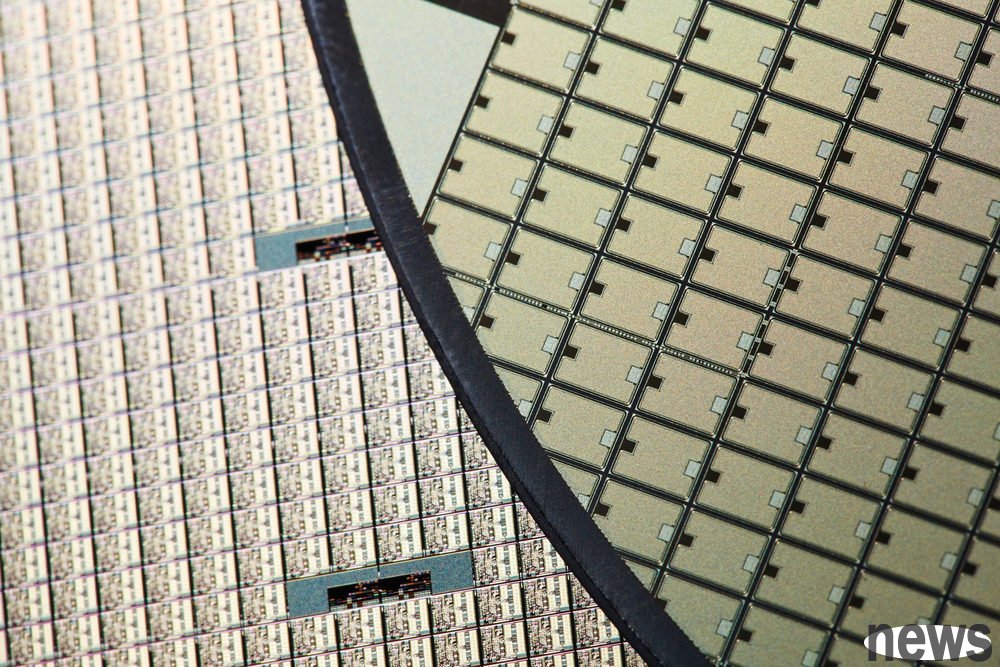Research and development agency Counterpoint Research estimates that the semi-conductor industry will reach more than US$1 trillion in 2030, which will be nearly 1 times higher than in 2024, mainly due to the driving force of agent artificial intell...

Research and development agency Counterpoint Research estimates that the semi-conductor industry will reach more than US$1 trillion in 2030, which will be nearly 1 times higher than in 2024, mainly due to the driving force of agent artificial intelligence (Agentic AI) and physical artificial intelligence (Physical AI).
Counterpoint said that as the market shifts from basic text-based applications to richer, multi-modal and generative AI that integrates text, image, audio and video, the consumption of basic facility deployment increases.
(Source: Counterpoint Research)
Counterpoint pointed out that it is currently searching from complex dialogue AI and linguistics to fully integrated multimedia content creation, which will promote the growth of word generation for proxy AI applications. This will create a huge demand for cloud and edge computing power, memory and network capabilities, and will not be underestimated for semiconductor consumption.
Counterpoint said that the emergence of physical AI and the rise of autonomous machines such as humanoid robots, industrial robots and vehicles is a major news for the semiconductor industry.
At present, most of the value of artificial intelligence is concentrated in the semiconductor domain, with self-drawing processors (GPUs) and accelerators, to high-frequency wide memory (HBM) and optical interconnections. The chip is the pillar of artificial intelligence, providing support for cloud platforms, models, frameworks to applications.
Counterpoint said that the AI market in 2024 is mainly driven by hardware, with about 80% of its direct revenue coming from semiconductors with basic facilities and edge computing. However, this situation is changing and is entering a new stage of economic driving by AI vocabulary, which will give birth to a service ecosystem similar to the growth of mobile applications in the past 10 years.